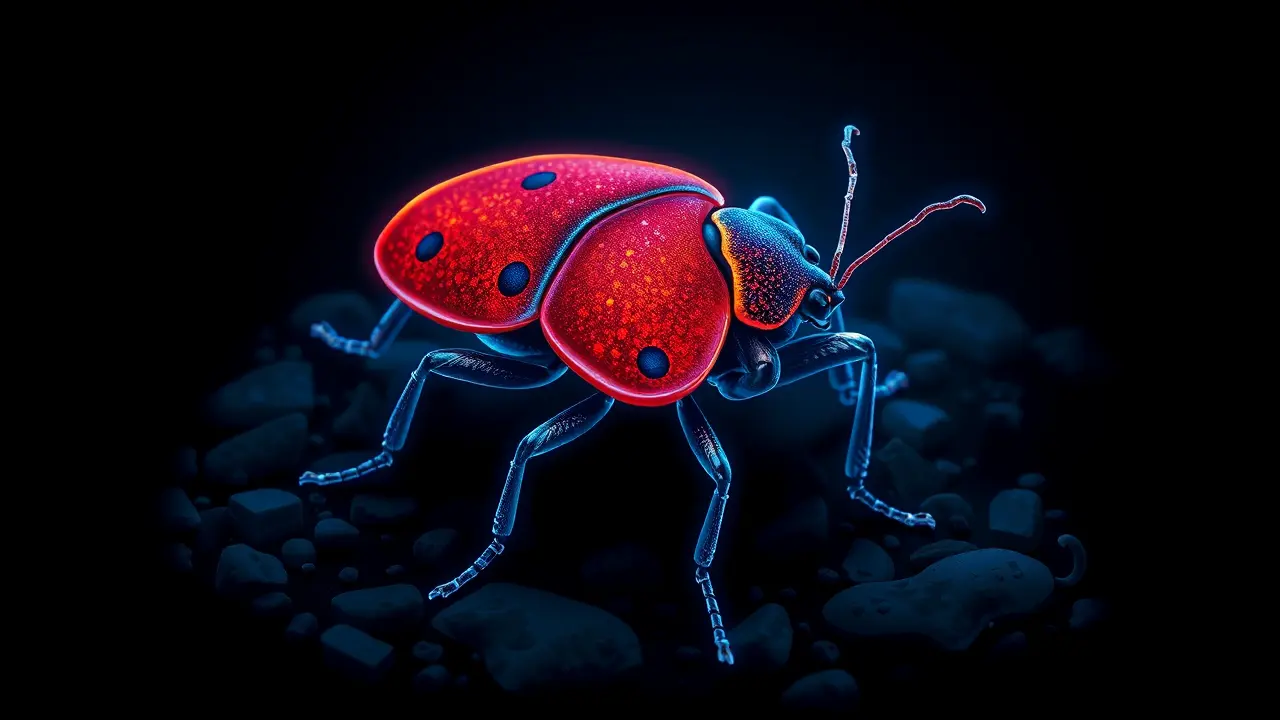
SciencebiologyEvolution and Ecology
Stinkbugs Grow Protective Fungus in Special Leg Organs.
KE
Kevin White
12 hours ago7 min read1 comments
In a discovery that reads like a page from a science fiction novel, researchers have uncovered that certain species of stinkbugs cultivate a protective fungus within specialized organs in their legs, a sophisticated biological defense mechanism that deters parasitic wasps. This isn't merely a casual symbiotic relationship; it's a highly evolved, farmed alliance where the insect, acting as a mobile greenhouse, provides a dedicated real estate—specifically, glandular organs in its mid-legs known as crypts—for the fungus to thrive.The fungus, of the genus *Beauveria*, is typically known as a deadly insect pathogen, a kind of biblical plague in the microbial world that turns its hosts into spore-producing mummies. Yet, in a stunning evolutionary pivot, the stinkbug has domesticated this potential killer, coaxing it into a mutualistic partnership where the fungus acts as a living shield.When a parasitic wasp, the stinkbug's natural nemesis, approaches to lay its eggs inside the host, this cultivated fungus releases a cocktail of volatile compounds and likely physical barriers that essentially tell the wasp to back off, creating a no-fly zone around the bug. This is biological warfare at its most elegant, a co-evolutionary arms race where the stinkbug has enlisted a former enemy for its own protection.The implications for biotechnology and medicine are profound. Imagine a future where we can engineer similar protective microbiomes for crops, reducing our reliance on chemical pesticides, or develop novel antifungal strategies by understanding how the stinkbug controls a typically virulent fungus.This discovery sits at the thrilling intersection of entomology, mycology, and synthetic biology, echoing the pioneering work in CRISPR and gene editing where we learn nature's deepest secrets to rewrite the code of life itself. It forces us to reconsider the very definitions of parasitism and mutualism, showing that in the complex network of life, relationships are fluid and context-dependent. The stinkbug’s fungal bodyguard is a testament to millions of years of evolutionary innovation, a natural precedent for the kind of precision bio-engineering we are only just beginning to master, suggesting that the future of medicine and agriculture may well be written in the language of these ancient, symbiotic partnerships.
#stinkbugs
#fungal garden
#symbiotic relationship
#parasitic wasps
#insect defense
#evolutionary biology
#featured
Stay Informed. Act Smarter.
Get weekly highlights, major headlines, and expert insights — then put your knowledge to work in our live prediction markets.
Related News
© 2025 Outpoll Service LTD. All rights reserved.
